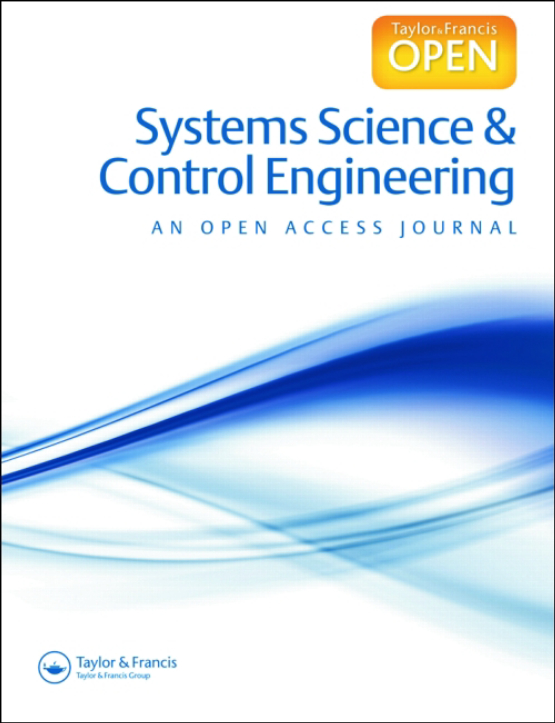Submit a Manuscript to the Journal
Systems Science & Control Engineering
For an Article Collection on
Intelligent Control for Connected and Automated Vehicles
Manuscript deadline


Article collection guest advisor(s)
Dr. Jun Chen,
Oakland University, Rochester, MI, USA
junchen@oakland.edu
Intelligent Control for Connected and Automated Vehicles
The rapid advancement of connected and automated vehicle (CAV) technologies has revolutionized the automotive industry, transforming the way vehicles interact with each other and their environment. Central to the success of CAVs is the development of intelligent control systems that can seamlessly manage complex driving scenarios while ensuring safety, efficiency, and reliability. These systems integrate real-time data from various sensors, vehicle-to-vehicle (V2V) and vehicle-to-infrastructure (V2I) communication, machine learning algorithms, and optimization techniques to make dynamic, autonomous decisions. As CAVs continue to evolve, the role of intelligent control in enabling fully autonomous driving and improving traffic management has become more significant.
Intelligent control in CAVs has the potential to transform road safety, reduce traffic congestion, and optimize fuel efficiency. CAVs are poised to address many pressing challenges in transportation, such as reducing human errors, which account for a significant portion of road accidents, and improving the efficiency of traffic flow through cooperative driving strategies. Moreover, intelligent control systems can facilitate the integration of various mobility solutions, contributing to sustainable urban transportation. As these technologies progress, the need for robust control strategies that can handle a variety of driving conditions, environmental factors, and real-time decision-making becomes increasingly critical for achieving the full potential of CAVs.
This article collection will focus on the development and application of intelligent control systems for connected and automated vehicles. Key areas of interest include, but are not limited to:
- Model predictive control
- Adaptive control
- Fault detection
- Decision-making algorithms
- Real-time optimization
- Cooperative control
Additionally, the integration of vehicle-to-vehicle and vehicle-to-infrastructure communications, as well as their impact on control strategies, will be explored. We encourage submissions of original research, reviews, and case studies that address theoretical advancements, practical applications, and emerging trends in intelligent control for CAVs. Articles that bridge the gap between control theory, automotive engineering, and communication networks are particularly welcome.
Keywords: Intelligent Control Systems; Connected and Automated Vehicles (CAVs); Model Predictive Control; Vehicle-to-Everything (V2X) Communication; Cooperative Driving and Decision-Making
All manuscripts submitted to this Article Collection will undergo a full peer-review; the Guest Advisor for this Collection will not be handling the manuscripts (unless they are an Editorial Board member).
Please review the journal scope and author submission instructions prior to submitting a manuscript.
The deadline for submitting manuscripts is 12/31/2025.
Please contact Commissioning Editor Zhan Yu at zhan.yu@taylorandfrancis.com or Dr. Jun Chen at junchen@oakland.edu with any queries and discount codes regarding this Article Collection.
Please be sure to select "Intelligent Control for Connected and Automated Vehicles" from the drop-down menu in the submission system.
Benefits of publishing open access within Taylor & Francis
Global marketing and publicity, ensuring your research reaches the people you want it to.
Article Collections bring together the latest research on hot topics from influential researchers across the globe.
Rigorous peer review for every open access article.
Rapid online publication allowing you to share your work quickly.
Submission Instructions
All manuscripts submitted to this Article Collection will undergo desk assessment and peer-review as part of our standard editorial process. Guest Advisors for this collection will not be involved in peer-reviewing manuscripts unless they are an existing member of the Editorial Board. Please review the journal Aims and Scope and author submission instructions prior to submitting a manuscript.
